4 Days in Tohoku, Japan’s Northeastern Treasureland
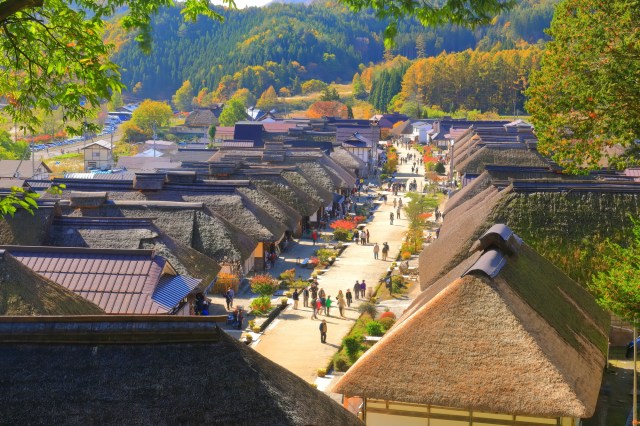
Japan’s northeastern region of Tohoku was once considered a remote, inaccessible land. Today, the Tohoku Shinkansen and other modes of transport have made it easier than ever to explore its unique traditions, uncrowded historical districts, and stunning natural scenery.
To uncover what this fascinating region had to offer, I, Noam Katz, set out on a short journey to three of Tohoku’s six prefectures: Fukushima, Yamagata, and Akita.
Day 1
Ouchijuku
After departing Tokyo Station, the Tohoku Shinkansen sped to Fukushima’s Shin-Shirakawa Station in just over 90 minutes. From here, I rode by car to visit Fukushima’s scenic old post town of Ouchijuku (大内宿). Strolling down its unpaved dirt road, surrounded by thatched-roof wooden buildings on either side, I could easily imagine passing through as a foot traveler in Japan’s feudal days.
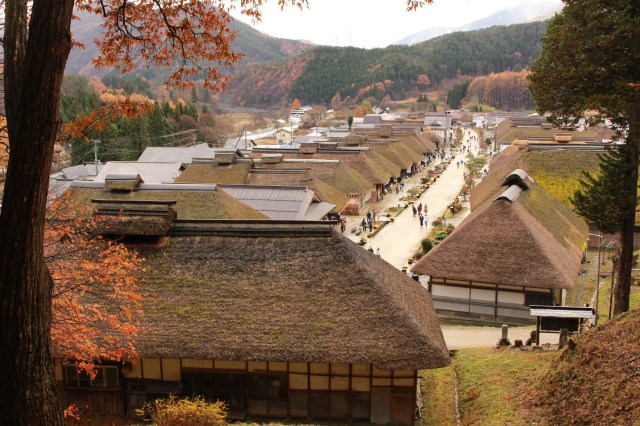
Restaurants presented a more unusual sight; patrons seemed to be scooping up soba (buckwheat noodles) using a long, green leek in place of chopsticks. Finding out this variety of soba was a local specialty known as Takato soba, I ordered a bowl at a local restaurant called Misawaya and tried to imitate those around me. My noodles slid off several times, but I ultimately got the hang of it—arguably easier than learning to use chopsticks—and didn’t leave hungry.
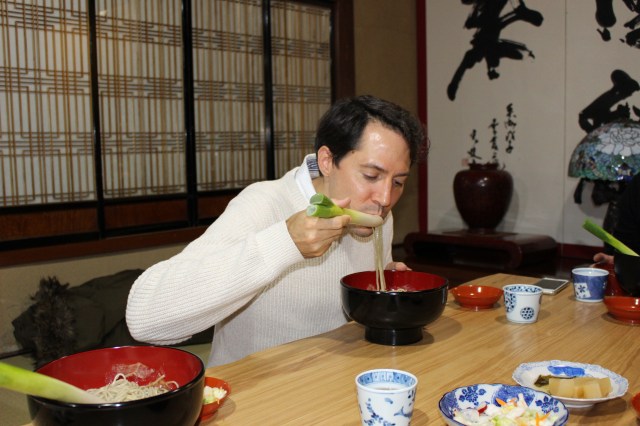
http://ouchi-juku.com/ (Japanese only)
http://www.misawaya.jp/ (Japanese only)
No. 1 Tadami River Bridge
Next, as we drove through a mountainous section of inland Fukushima known as Oku-Aizu, views of thick forests, steep canyons, and far-off mountains lightly dusted with snow were too stunning to ignore. Thanks to a light rain earlier that day, we even managed to glimpse the “sea of clouds” phenomenon, when fog fills in a valley like water fills the ocean.
But the real highlight of this drive was a stop for the scenic No. 1 Tadami River Bridge (第一只見川橋梁). There are various vantage points just a short walk from the Michi-no-eki Mishimajuku (道の駅みしま宿), a roadside rest shop and gift shop where I could gaze at this arched railway bridge, which was reflected in the mirror-like waters of the Tadami River below. If the timing is right (and mine wasn’t), you’ll even catch the green-and-white JR Tadami Line train passing across.
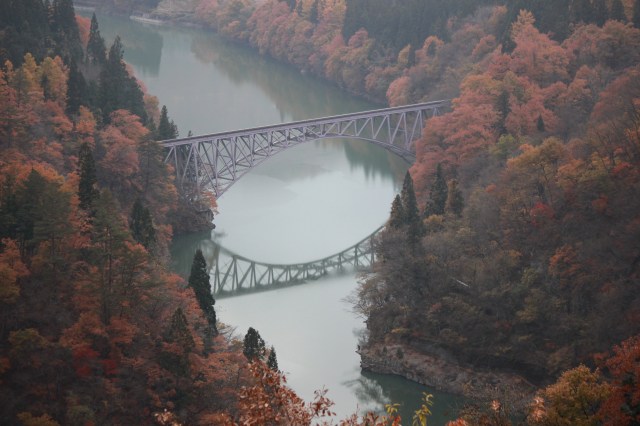
https://www.michi-no-eki.jp/stations/view/243 (Japanese only)
Sampling Awa-manju
A short drive away was Yanaizu, a town based around the 1,200-year-old Fukuman Kokuzo Bosatsu Enzoji Temple. One local delicacy here is awa-manju, a steamed traditional confectionery made of bright yellow millet covering a soft core of red bean paste.
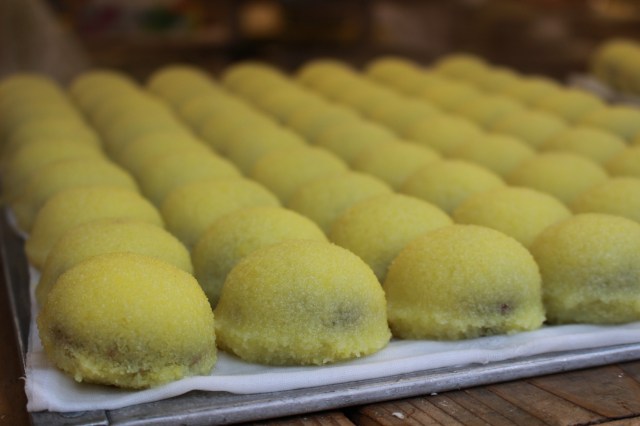
There are a number of awa-manju specialty shops in town. We visited one of the oldest, Koike Confectionery Shop (小池菓子舗), immediately recognizable as a confectioner by the steam billowing out of a pipe in the wall. Dinner was still a few hours away, I rationalized to myself with the first (then second) awa-manju, savoring the millet’s fluffy texture and mild sweetness of the bean filling.
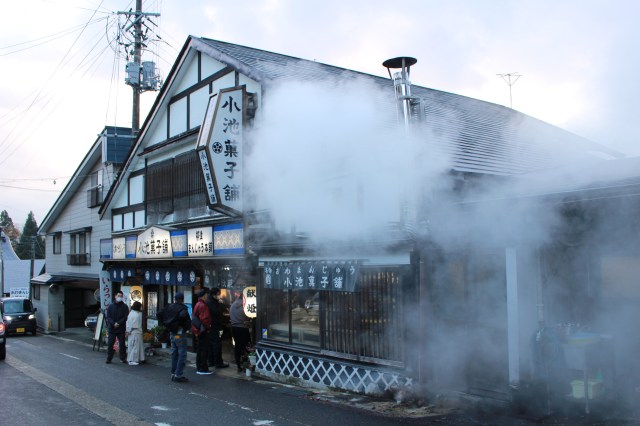
http://koike-manjyu.com/index.html (Japanese only)
Shingu Kumano Shrine
Before leaving Oku-Aizu, we made one last stop: Shingu Kumano Shrine (新宮熊野神社). This ancient Shinto shrine is home to two treasures, one human-made and one natural. Strolling up the tree-lined approach, my eyes were drawn to the Nagatoko, a large, unusually open worship hall constructed in 1055 that is also a National Important Cultural Asset.

Standing alongside it was a massive ginko tree reported to be some 800 years old. Every November, its yellow leaves shower the ground and create a golden carpet. Even after arriving late in the afternoon on a cloudy day, I was still struck by the combined beauty of these two sights.
Day 2
Goshiki-numa
Having stayed in the Urabandai area the previous night, it was just a short drive in the morning to visit a series of marsh-like ponds known as Goshiki-numa (五色沼). Located in the Bandai-Asahi National Park, these were formed after Mt. Bandai erupted in 1887.
Volcanic substances such as allophane seeped into the ponds, coloring the waters with hues that range from rusty red to emerald green, depending on factors such as weather and time of day. A short walk from the Bussankan—a shop purveying souvenirs and local goods—brought us to Aonuma (literally “blue marsh”), and true to the name, the morning rays of sun revealed a vibrant turquoise color.
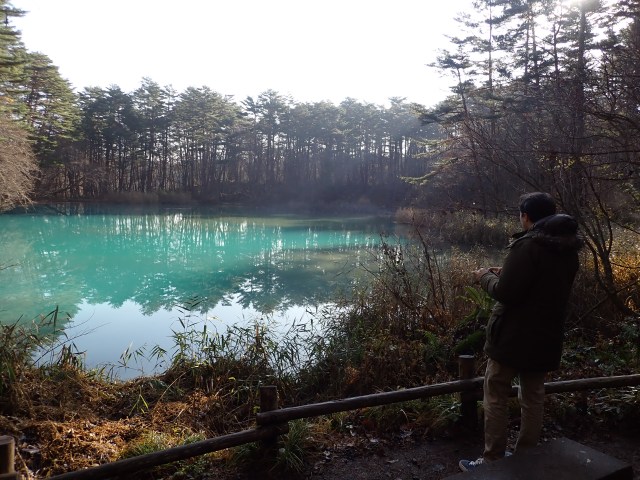
https://www.urabandai-inf.com/en/?page_id=141
Yamagata Beef at Sagoro
Just a mere five-minute walk from Yamagata Station, local restaurant and Yamagata beef specialist Sagoro (佐五郎) has been satisfying customers’ cravings for premium meat since 1910. Yamagata’s hot summers and cold winters are said to be conducive to raising cattle with fine-grained marbled meat and fat, which explains why Yamagata Beef is one of Japan’s top-grade wagyu brands.
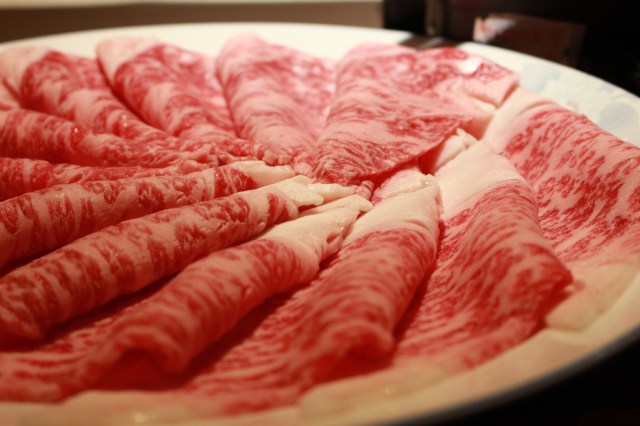
After the drive from Fukushima into Yamagata, our stomachs were more than ready to confirm this reputation with Sagoro’s sukiyaki-style beef hot pot. The server started cooking the thin slices of marbled beef, adding in glass noodles, tofu, vegetables such as scallions, and enoki and shiitake mushrooms. The succulent, tender beef was every bit as good as we were led to believe. Besides hot pot, Sagoro also offers shabu-shabu, regular steak, and hamburg steak as well.
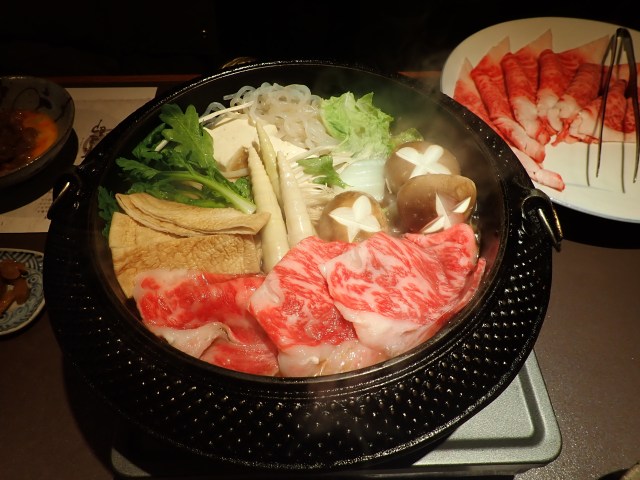
https://www.sagoro.jp/ (Japanese only)
Yamadera & Tarumizu Iseki
With most of its beautiful wooden buildings perched on steep cliffs, Yamadera (山寺), or Risshakuji Temple (立石寺) as it is officially known, is one of Tohoku’s most famous historical sites. Founded in 860, you’ll have to climb 1,015 steps to reach the Okunoin, the heart of this mountain temple complex. The climb is rewarded with a spectacular view of the valley down below.
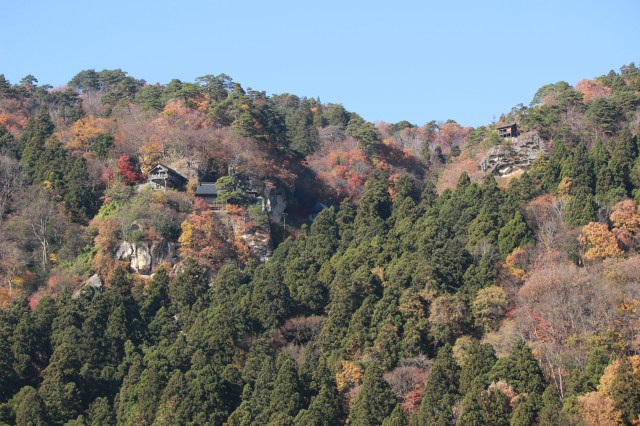
Concealed in the forest to the right of Yamadera is a little-known set of ruins called Tarumizu Iseki (垂水遺跡). Appearing like something from an Indiana Jones film, a series of caves and cubbies set in a pockmarked cliff mark what was once the site of ascetic religious training, with use allegedly predating Yamadera, and continuing through the early 1900s.
In one section, footholds carved into the cliff rock lead up to a small wooden torii gate before a large cave, while elsewhere a Buddhist statue looks down from high on a cliff wall, offering hints to the religious rites that once transpired here.
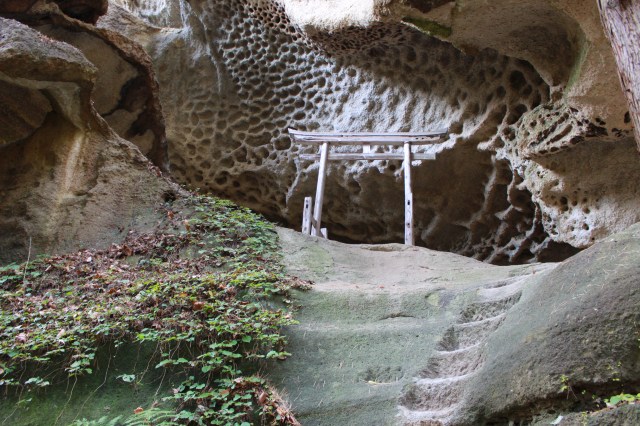
https://www.rissyakuji.jp/ (Japanese only)
Introduction to Iaido
Yamagata’s Murayama City is home to the founder of iaido, a style of Japanese swordsmanship. While fundamentally more about philosophy and self-improvement rather than fighting, iaido emphasizes alertness and teaches practitioners how to draw the sword quickly from its scabbard and make cuts almost reflexively fast.
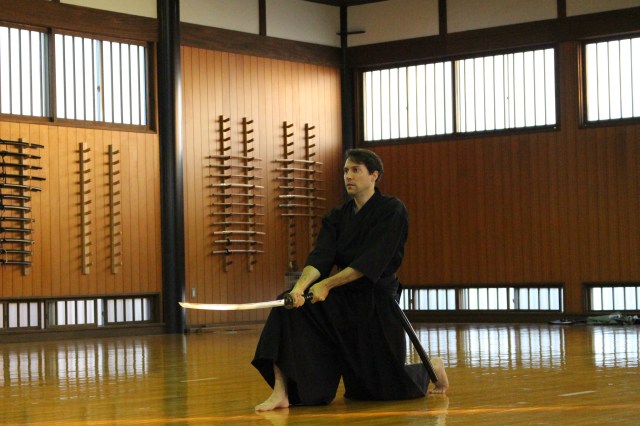
Near the Iai Shrine, I joined a short program to experience this unique art. After practicing techniques such as drawing, striking and sheathing the sword with a replica, I wielded an authentic 1.3 kg sword to slice through a tatamizutsu rolled straw mat. Though the mat thickness was comparable to a pig’s leg, I hardly felt any resistance, and this certainly gave me a whole new appreciation for Japan’s samurai.
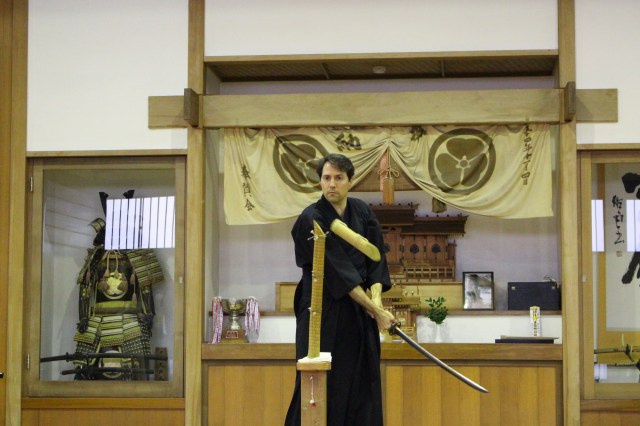
https://en.iaidoexperience.com/
Day 3
Inaniwa Udon at Sato Yosuke
In Japan there are handmade noodles, and then there are Inaniwa Udon noodles. This Akita specialty is thinner than typical udon, and made through a very laborious traditional process of hand-stretching and kneading.
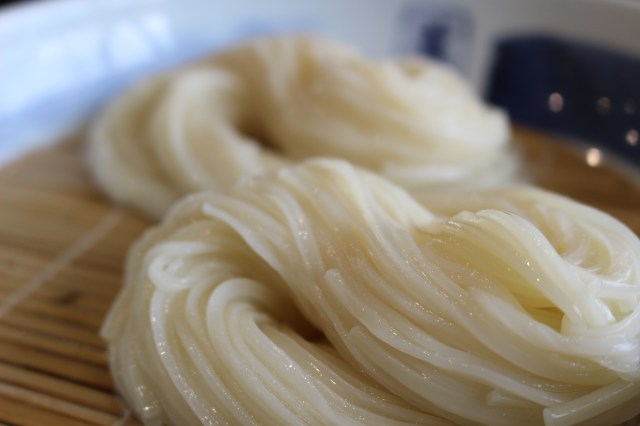
Famous Inaniwa Udon maker Sato Yosuke (佐藤養助) offers curious visitors an opportunity to try this process (1,500 yen). Dough is already provided—you’ll handle the kneading and stretching work, and they’ll even ship the noodles to you in about a week’s time (domestic addresses only).
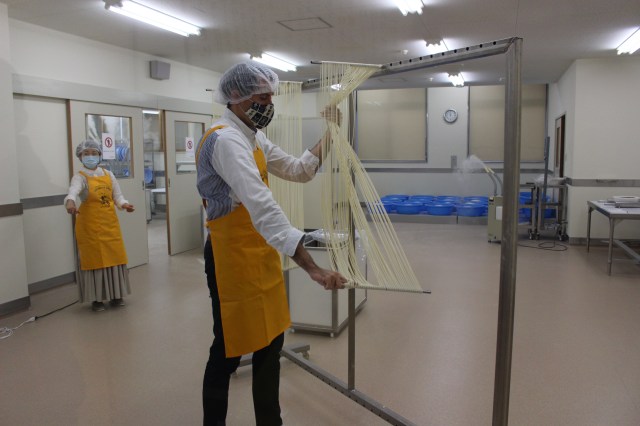
Afterwards, I tasted the professionals’ work at their restaurant nearby. Typically served cold, the thin, flat, slippery noodles had a nice, chewy texture, and tasted great with the dashi-based and sesame-flavored sauces. Chopped green onions, fresh wasabi, and grated ginger were also served on the side.
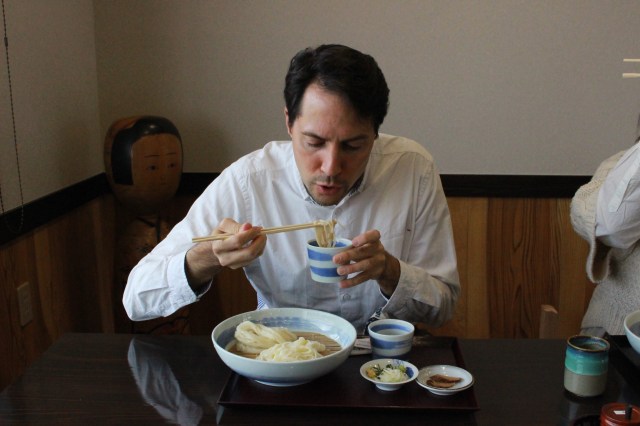
https://www.sato-yoske.co.jp/ (Japanese only)
The Uchigura of Masuda
The central historical district in Akita Prefecture’s town of Masuda features a main street lined with centuries-old Japanese residences. This in itself is not unusual, but these historic structures are narrow and elongated, many extending well over 100 meters, and their occupants still live in them today!
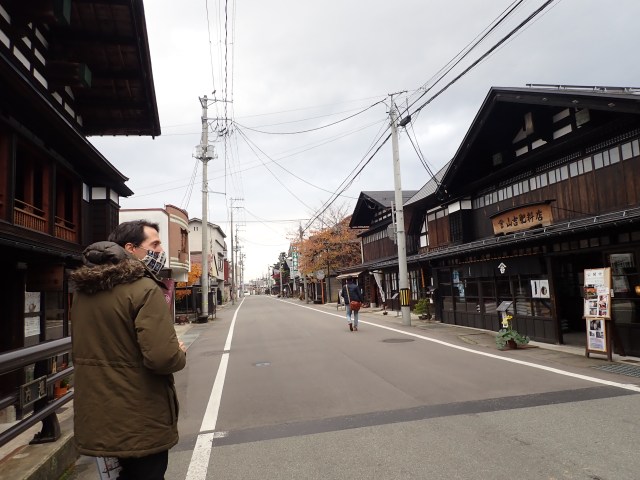
More importantly, they are notable for what’s inside the complex—uchigura, or inner storehouses. Unlike in other parts of Japan, these are no mere storehouses, but actually function as living spaces. It’s possible to tour many of these uchigura and appreciate their incredible craftsmanship, with distinctive red lacquered wood making an elegant contrast against black plaster walls.
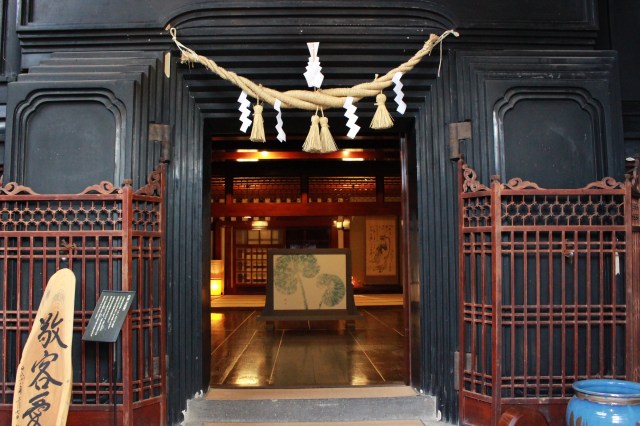
https://masudakanko.com/en/uchigura/
Apple Picking
As with Yamagata beef, Tohoku’s large temperature differences between day and night are perfect for growing apples. In fact, the region is Japan’s top producer. Picking your own apples (among other fruit) right off the tree is quite fun, and some orchards offer all-you-can-eat options, while others may charge based on the number or weight of your harvest.
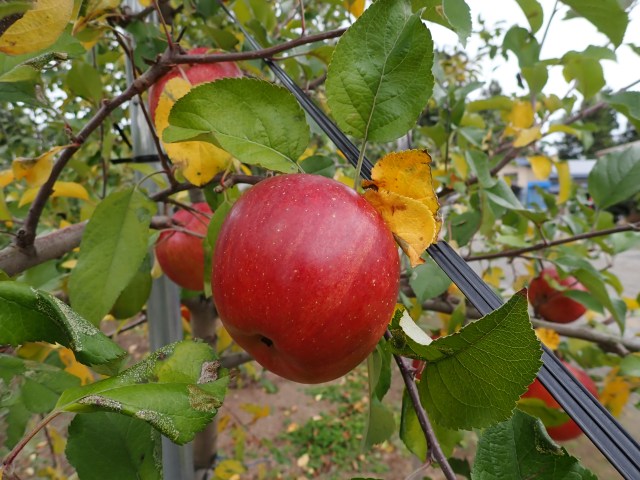
Northern Akita has a number of apple orchards, particularly in the Nakayama district of Odate City and the Fushikage district of Kitaakita City. We made a detour to Kagaya Kajuen, a small family-run farm growing several varieties of apples. Climbing up on a ladder at times, I selected some internationally-renowned Fuji, as well as Beni Akari apples. The latter is a new variety unique to Akita. I enjoyed their crisp texture and excellent balance of sweet and sour.
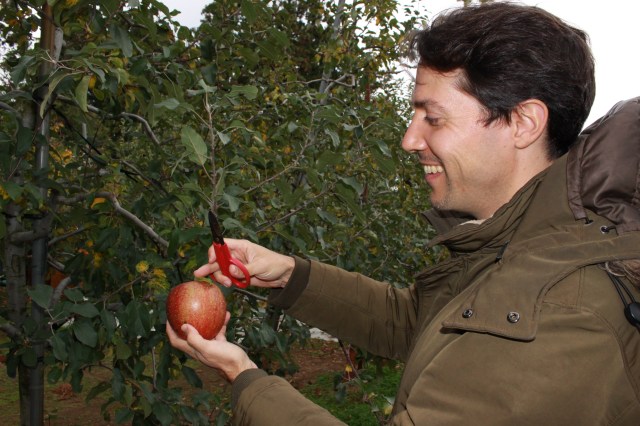
http://www6.plala.or.jp/kagaya-kaju/ (Japanese only)
Making Damako-nabe Hot Pot
We then drove out to Akita’s Oga Peninsula, a land where both culinary and cultural tradition live on amid beautiful natural scenery. Our first destination was Ninigi Café, a rustic farmhouse that is an actual family residence, cozy café, and traditional inn, all under one roof.
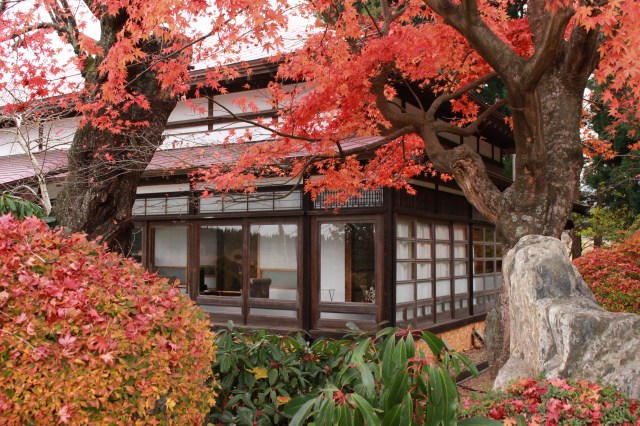
Although we were staying overnight elsewhere, we dropped by for the chance to make one of Akita’s local specialties, damako–nabe hot pot. The café owner, a father in his 40s and serious music aficionado, brought out some mashed rice and showed us how to roll it into little bite-sized balls.
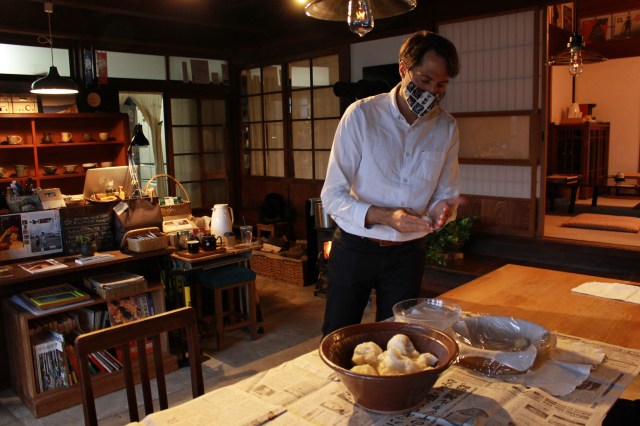
Once complete, these were added to a hot pot with burdock root, Japanese parsley, and leeks, along with bits of chicken. Savory, hearty, and filling, this Akita soul food was perfect to share with others on the cold autumn evening.

http://ninigi-cafe.com/ (Japanese only)
Day 4
The Namahage
Our second destination entailed something nearly synonymous with the Oga Peninsula: the Namahage. A local tradition every New Year’s Eve, young men put on masks and traditional straw garments and transform into Namahage, scary ogres that move from house to house searching for naughty children with the goal of scaring them into good behavior.
Even if you’re not in Oga on December 31, you can still experience this amusing Akita tradition at the Oga Shinzan Folklore Museum. Stepping into this traditional, thatched home filled with the scent of smoke from the irori (traditional Japanese sunken hearth), I sat down with other guests on the tatami mat. After much thumping and banging outside, two Namahage entered and promptly began the ritual, though I am pleased to report that no naughty children were in our company that day.
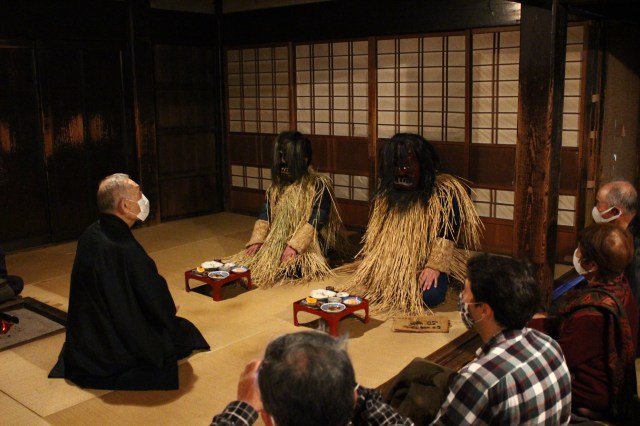
Next door, the more modern-looking Namahage Museum introduces the history and incredible diversity within this tradition. Though the basic practices of the Namahage are the same, different communities around the peninsula create different masks, samples of which are on display here.
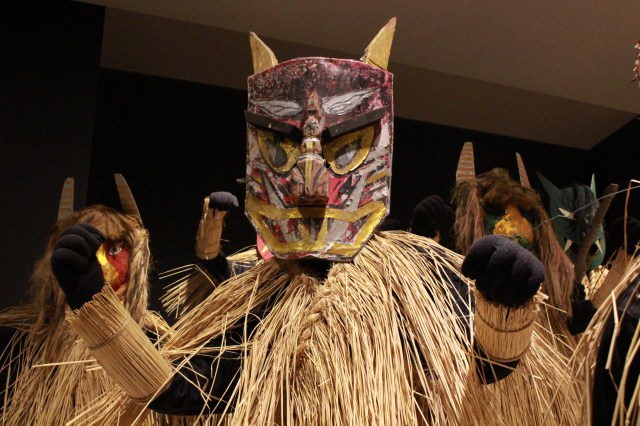
Meanwhile, the Heian period (794 – 1185) Shinzan Shrine just up the road is the setting for the Namahage Sedo Festival in February, and, during certain times of the year, dynamic night performances of Namahage playing taiko drums!
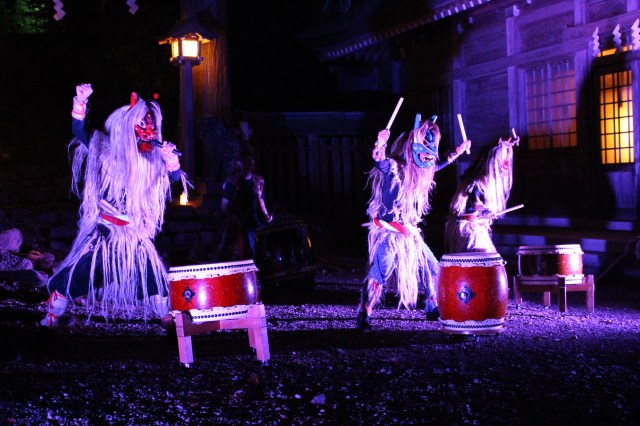
https://namahage.co.jp/namahagekan/en/
http://e-ogaonsen.com/taiko/ (Japanese only)
Takashimizu Brewery (Akita Shurui Seizoh Co. Ltd.)
Officially, Akita Shurui Seizoh Co. Ltd. started in 1944, but like many Japanese sake producers, its roots run much deeper. 12 Akita brewers, who had been brewing sake through the Edo, Meiji, Taisho, and Showa eras, joined forces and started the brand Takashimizu, which means “high spring water.”

Using spring water, as well as special Akita-grown sake rice, the company produces a range of different sake. While much of the process is machine-run, they still set apart a special section for their entirely handmade ginjo types.
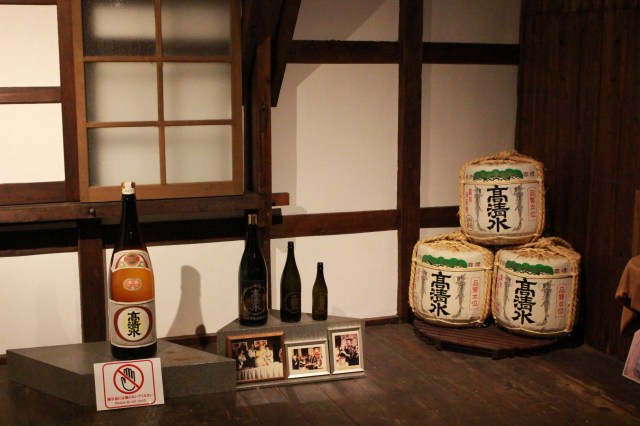
Brewery tours are generally offered three times a day, and during winter, those on tour during the 10:30 time slot may also spot the staff making the sake. Note that as of the time of this writing, however, brewery tours, tasting, and on-site shop sales have been suspended due to COVID-19. For information as to when they will resume, please call the brewery at 018-864-7331.
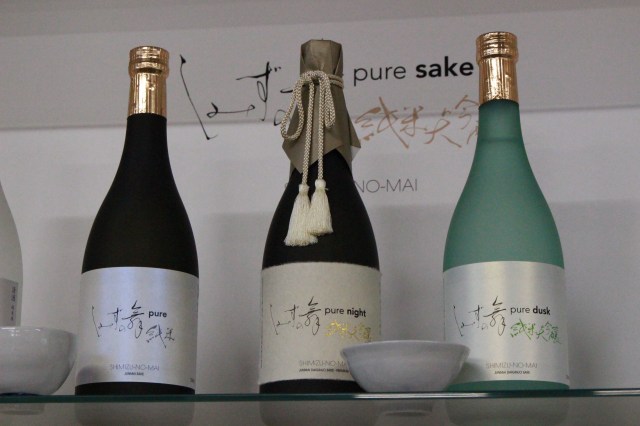
Lunch at Honke Abeya
Akita boasts one of Japan’s top-three brands of free-range chicken: hinai-jidori. Every day restaurant Honke Abeya (本家あべや) takes deliveries of these premium birds to ensure freshness, then serves them to patrons in a variety of styles, from classic charcoal-grilled yakitori skewers to rice bowls and hot pot dishes.
Prior to the shinkansen trip back to Tokyo, we stopped for lunch at Honke Abeya’s Akita branch, located near Akita Station, and ordered oyakodon. Honke Abeya made a masterpiece of this staple of Japanese cuisine starring chicken and egg served over rice. Topping a base of Akita komachi rice, the delightful combination of dashi, healthy yellow egg, and savory, juicy chicken meat brimmed with savory umami flavor and, as I feared, disappeared all too quickly.

http://honkeabeya.com (Japanese only)
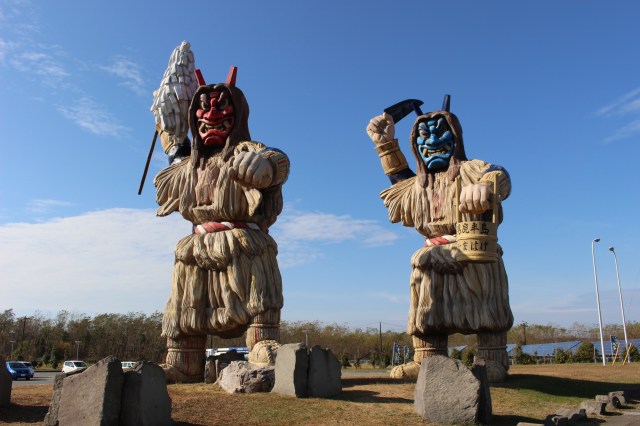
Despite all being part of the larger Tohoku region, I was impressed by how much variation there was in each of the three prefectures I visited. In areas such as food, landscape, architecture, and cultural traditions, they offer a trove of incredible discoveries.
Credit:

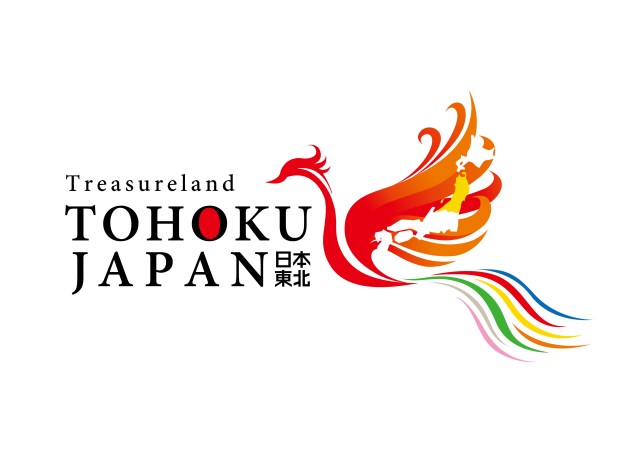
0 comments: